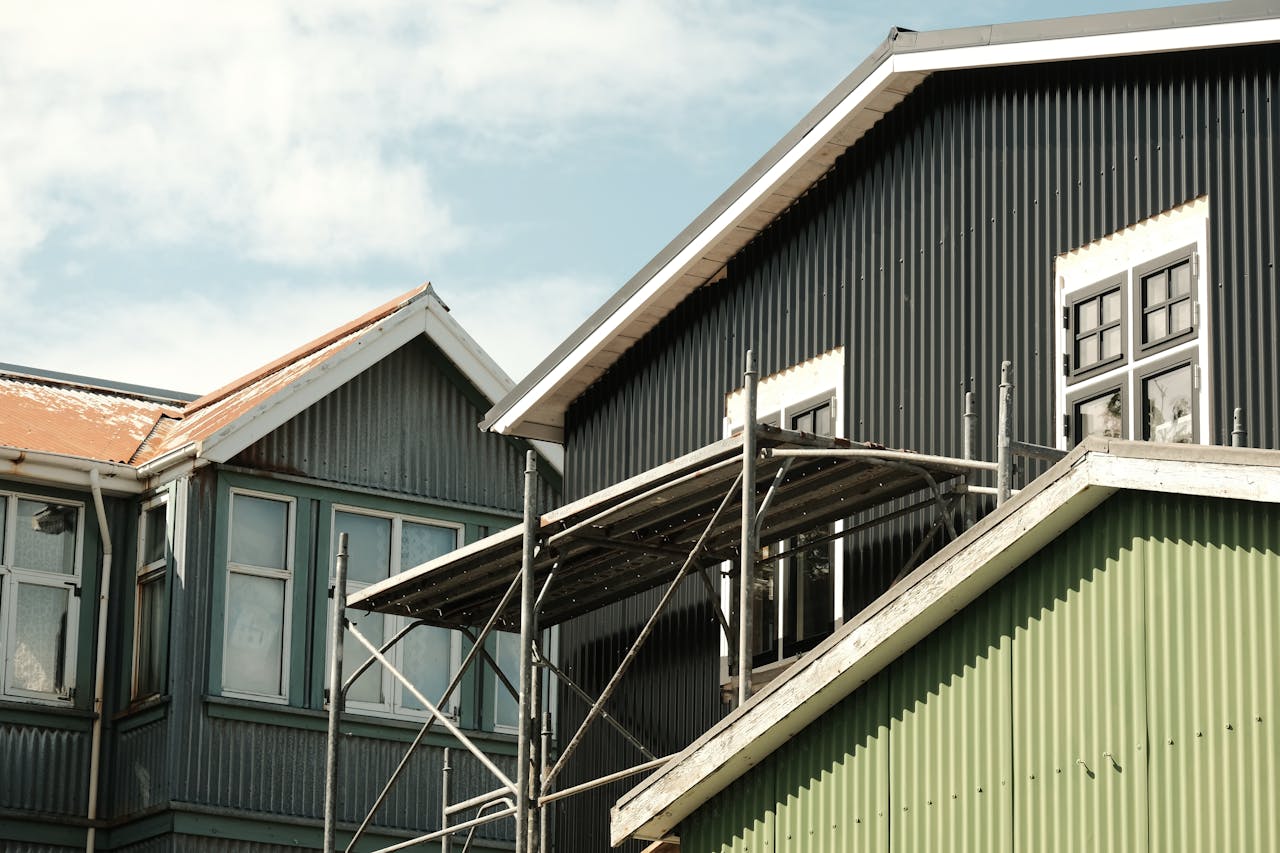Avoiding Roof Problems That Could Derail a Home Sale
Selling a home involves far more than just listing it and waiting for offers. It requires ensuring that every part of the property is in top shape, especially the roof. The roof is one of the most scrutinized elements during a home inspection, as it can greatly impact a buyer's decision and the home's overall value. Issues like leaks, missing shingles, or poor ventilation may reduce the offer and derail a sale entirely. This article explores the common roof problems that sellers should be aware of and offers practical advice on how to address them before putting a home on the market.

Recognizing the Importance of Roof Condition in Home Sales
The roof serves as the home's first line of defense against weather elements, and its condition can dramatically influence a buyer's perception. A well-maintained roof signals that the homeowner has taken good care of the property, whereas visible damage or signs of neglect often raise red flags. Buyers typically hire inspectors to assess the roof's age, condition, and potential for repairs, and many lenders may hesitate to approve loans for homes with problematic roofs. Understanding the importance of a solid roof and investing in its upkeep is critical to maintaining a property's appeal and marketability.
Pre-Sale Roof Inspection
One of the best proactive steps a seller can take is to schedule a professional roof inspection before listing the home. This allows for the early detection of issues that could become deal-breakers. A certified roofer, such as those from Omega Roofing, can identify even subtle signs of wear and suggest necessary repairs or replacements. The inspection report can serve as a reassuring document for buyers, showing that the seller is transparent and responsible. Sellers who invest in this step prevent surprises during buyer inspections and have the opportunity to price their home more competitively, knowing it meets key structural standards.
Common Roofing Issues That Raise Buyer Concerns
Several roofing problems can instantly scare off potential buyers. Leaks and water stains on ceilings indicate possible mold or rot, while missing or broken shingles suggest exposure to the elements and future repair costs. Sagging areas may imply structural damage or water retention. Improperly installed flashing, clogged gutters, and poor attic ventilation can contribute to long-term damage. These issues, if left unaddressed, can lead to failed inspections or steep negotiation losses. Buyers often interpret these warning signs as indicators of deeper, more expensive problems, leading them to walk away or reduce their offer drastically.
Making Cost-Effective Repairs to Boost Value
Once issues are identified, it's important to weigh the cost of repairs against the potential return on investment. Minor repairs like replacing damaged shingles, resealing flashing, or cleaning the gutters are relatively inexpensive but highly impactful. If the roof is nearing the end of its lifespan, a full replacement might be advisable, especially in competitive markets. While this may seem costly upfront, it often pays off by increasing buyer confidence and reducing time on the market. Sellers should retain documentation of all repair work to show prospective buyers that the roof has been professionally maintained or upgraded.
Curb Appeal and the Roof's Visual Impression
Curb appeal plays a major role in attracting buyers, and the roof significantly contributes to a home's exterior appearance. Stained, faded, or moss-covered roofs can make a house look aged and neglected, regardless of how well the interior is maintained. Simple tasks like power washing the roof, clearing debris, or installing matching shingles can refresh its appearance. Enhancing the visual quality of the roof ensures that potential buyers form a positive impression the moment they arrive, encouraging them to explore the home further rather than be deterred by signs of disrepair.
Roof Disclosures and Building Buyer Trust
When selling a home, honesty about the roof's condition is vital. Sellers are often legally required to disclose any known issues, including past leaks or repairs. Attempting to hide defects can backfire during inspections or even lead to legal disputes after the sale. Being upfront builds trust with buyers and facilitates smoother negotiations. If major repairs were completed recently, sellers should highlight this in the listing or during showings as a selling point. Transparency, combined with a well-maintained roof, reassures buyers that the home is a sound investment, helping to close the deal without last-minute obstacles.

The condition of a home's roof can make or break a potential sale. By understanding common roofing concerns, addressing them proactively, and maintaining transparency throughout the selling process, homeowners can significantly improve their chances of a successful, stress-free transaction. A solid, appealing roof enhances the property's value and reflects the quality of the home, giving buyers confidence in their decision and helping sellers achieve their goals.